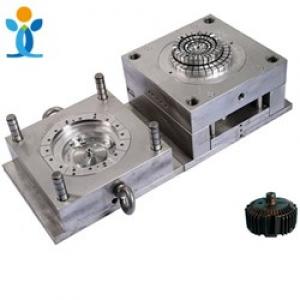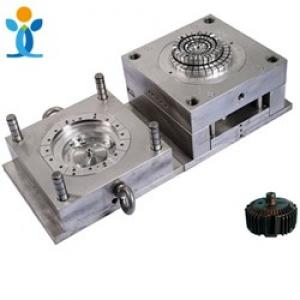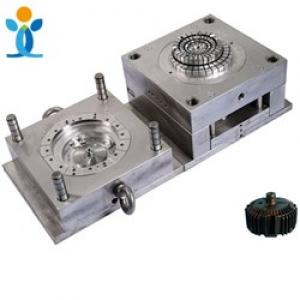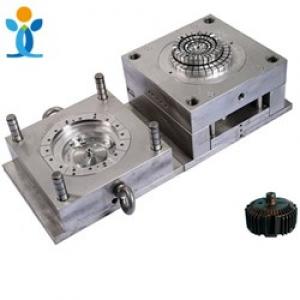setting mode of pressure maintaining
setting mode of pressure maintaining
When the mold cavity is not filled, the injection pressure (read from the pressure gauge) is very low, because it can only overcome the resistance of nozzle, flow channel and molten flow in the mold cavity. This continues until the cavity is 100% filled.
The pressure control of the injection molding machine is only the upper pressure limit control. If the pressure of an injection section is set to 90 bar, it only means that the pressure in this section cannot exceed 90 bar, but the pressure below 90 bar is determined by the melting resistance. This pressure can be read from the pressure gauge during injection. Therefore, before the mold cavity is filled, the injection molding machine can not be controlled by pressure, but only by speed.
Pressure comes from resistance, but the resistance is not controlled by the injection molding machine.
The stability of injection molded products is closely related to the stability of injection speed. The purpose of full closed loop injection is to achieve the specified injection speed. For the pressure setting of the injection section, please use the system pressure, i.e. the maximum pressure of 140 bar or 160 bar. There is enough pressure to ensure that the speed can be effectively controlled during injection.
Because the mold cavity is not full, the high pressure setting will not be the cause of burrs.
After the mold cavity is filled, it does not mean that the injection process is over, but also extrusion. In fact, the most difference between injection and other molding methods is the extremely high injection pressure. This pressure is usually between 1000 and 2000 bar. You know, at the bottom of the deepest abyss on earth, the water pressure is less than 2000 bar.
Extrusion is produced by the compression amount of melting and the continuous injection of screw. It can also be seen as super full filling. The melting equivalent to a few percentage points of the cavity volume is squeezed in after the cavity is filled, resulting in a sudden rise in pressure.
The extrusion section is actually the last injection section. Only the extrusion section needs to control the injection pressure and set an upper limit to prevent the generation of burrs. After extrusion, turn to pressure holding.
Pressure maintaining function
The function of pressure maintaining is to maintain a pressure when it melts, cools or solidifies and shrinks, and continue to inject melt to fill the shrinkage space and reduce or avoid the generation of dents.
The set pressure of the pressure maintaining section shall not exceed the set pressure of the extrusion section, otherwise burrs may occur in the pressure maintaining section. The pressure holding pressure of multiple sections decreases in each section, and the ideal decline is linear gradual decline, non class decline, which needs to meet the actual needs of gradual contraction.
Due to the slow contraction, the forward speed of the screw is also slow. A speed of 2% is enough. The energy saving of the injection molding machine is mainly to reduce the pump flow to about 3% when maintaining the pressure. The flow is always 100% of the quantitative pump ratio, saving 97%.
The longer the pressure holding time is (the wall thickness is too large), the more power consumption will be saved. It can be seen from this that when maintaining the pressure, only the pressure can be controlled, but the flow can not be controlled, because the shrinkage is not controlled by the injection molding machine. This is just the opposite of the previous stage of injection.




